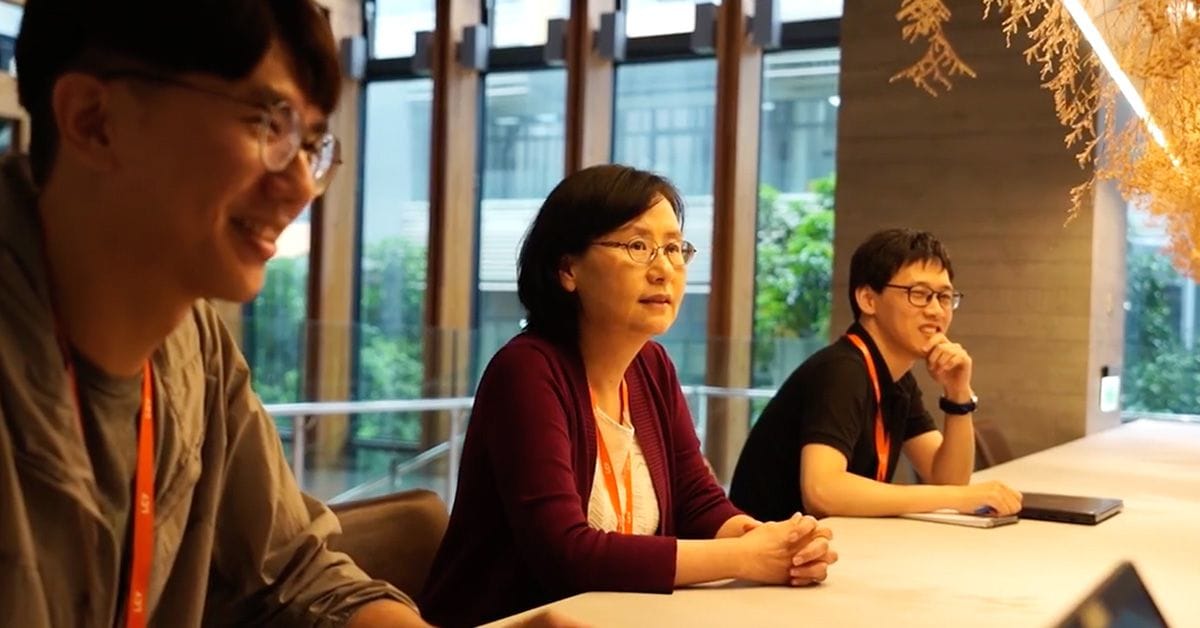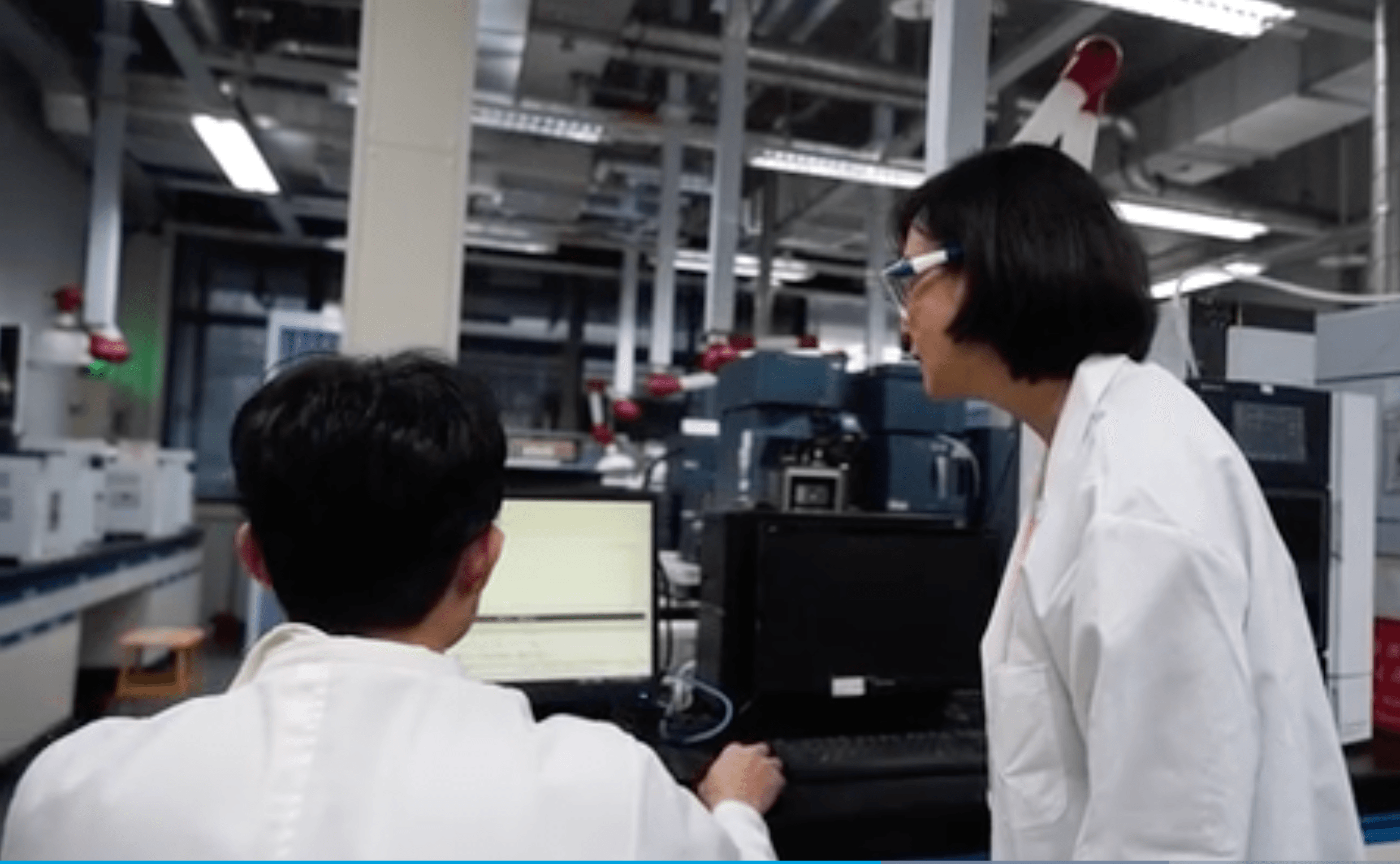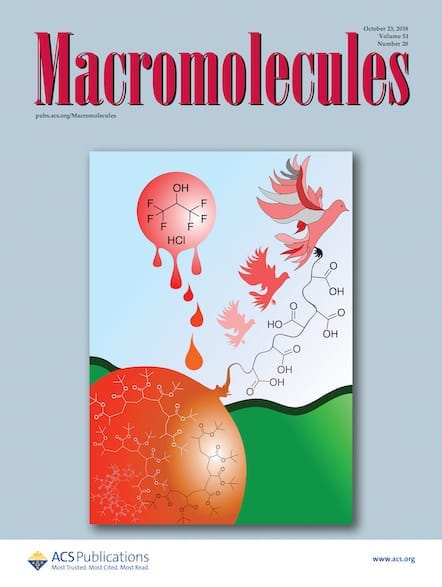Hear from Dr. Yu Ling (Elaine) Hsiao, Chief Technology Officer of LCY Group, as she shares her vision and philosophy on fostering an innovative culture in R&D.

LCY Group, an international chemical company based in Taiwan, specializes in polymers, electronics materials, biosciences, and renewable solutions. In an interview with ACS Publications, Dr. Yu Ling (Elaine) Hsiao, Chief Technology Officer, shares her vision and philosophy on fostering an innovative culture in R&D. Drawing from more than 30 years of experience, she shares below some key elements necessary for effective innovators and leaders.
Essential qualities for becoming an effective innovator
According to Dr. Hsiao, an innovative researcher must first have a learning mindset. “If one has two choices, and one is familiar and the other is unfamiliar, I will always choose the unfamiliar one because that allows me to expand my comfort zone and then get into something entirely new,” says Hsiao.
Her own experience demonstrates the value of this mindset, as it has widened her horizons and led to numerous career opportunities. She has worked in areas beyond her original training as an organometallic chemist at Stanford University, including her years at DuPont and Bayer.
Dr. Hsiao also emphasizes staying curious and learning how to collaborate as the second and third critical elements for innovation. “With these three qualities, an individual already has a strong, solid foundation for being an innovator,” she states.
Experiment without fears
“You have to experiment with different technologies and tools, and don’t be afraid of failure,” says Dr. Hsiao. “Always take failure as a learning opportunity.” She also encourages researchers to rejuvenate themselves by attending conferences and gaining new ideas from collaborating with colleagues.
The leader's role in nurturing an innovation culture
Dr. Hsiao believes that leaders can create a structure that promotes these key elements in an R&D team, serving as the starting point for a culture that catalyzes innovation. To create such a structure, a leader should set a vision, share expectations, and clarify the outcomes the organization requires.
"You also walk the talk; you lead by example,” says Dr. Hsiao when asked about the additional qualities an effective leader should possess. “And then you create an environment where information is transparent. You also want to make sure that people are clear about what they are being measured on.”
Watch the full interview in the video below:

